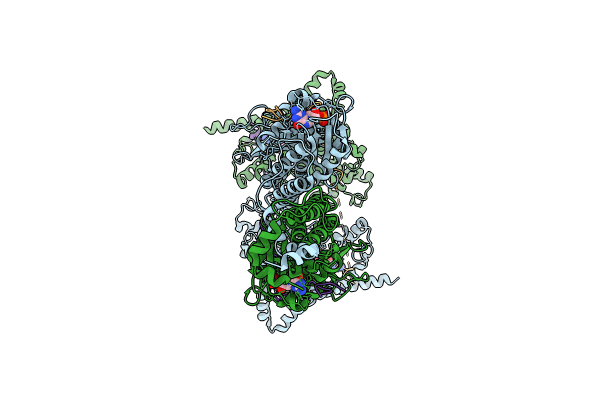
Deposition Date
2023-10-06
Release Date
2024-01-17
Last Version Date
2024-02-07
Entry Detail
PDB ID:
8UGS
Keywords:
Title:
Cryo-EM structure of bovine phosphodiesterase 6 bound to cGMP
Biological Source:
Source Organism:
Bos taurus (Taxon ID: 9913)
Method Details:
Experimental Method:
Resolution:
3.20 Å
Aggregation State:
PARTICLE
Reconstruction Method:
SINGLE PARTICLE


